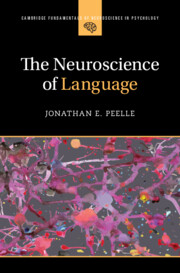Refine search
Actions for selected content:
2 results

The Neuroscience of Language
-
- Published online:
- 17 April 2025
- Print publication:
- 10 April 2025
-
- Textbook
- Export citation
Growing health partnerships in rural and remote communities: what drives the joint efforts of primary schools and universities in maintaining service learning partnerships?
-
- Journal:
- Primary Health Care Research & Development / Volume 19 / Issue 5 / September 2018
- Published online by Cambridge University Press:
- 10 January 2018, pp. 503-517
-
- Article
-
- You have access
- HTML
- Export citation
